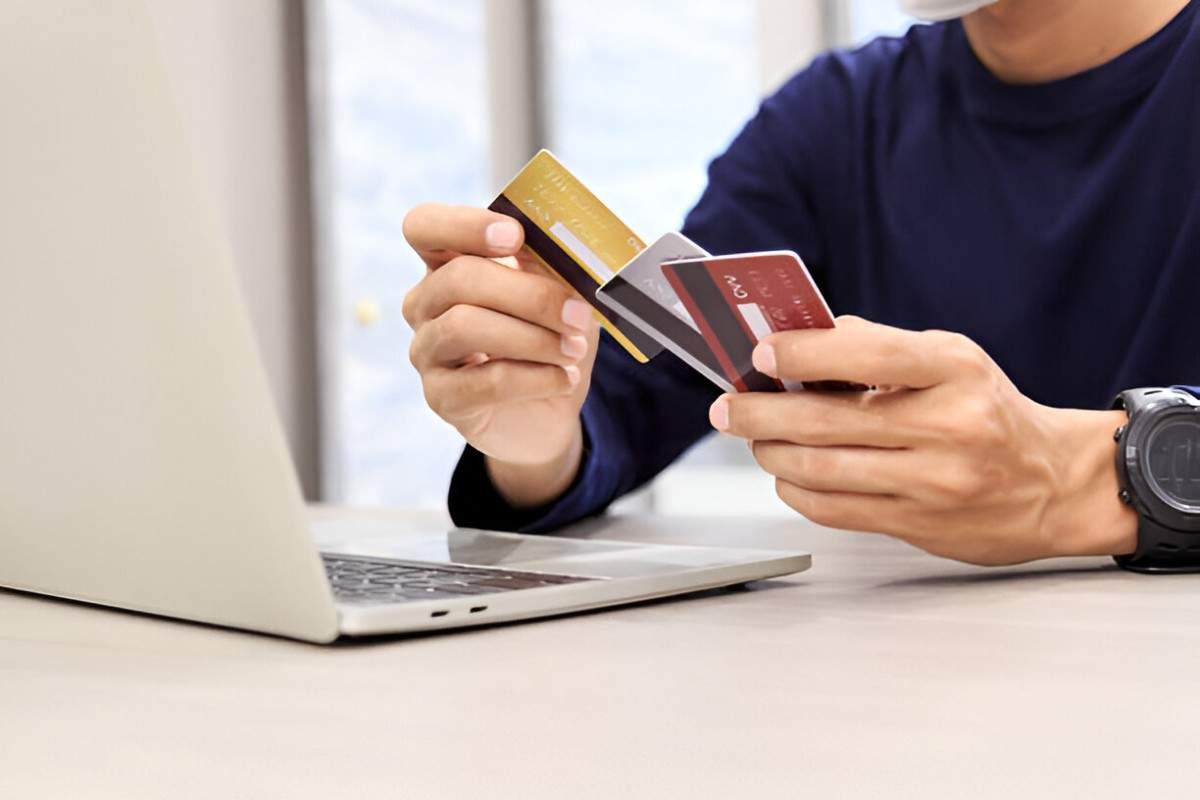Cashless payments have transformed how we handle money. I remember the first time I swiped a credit card—no coins jingling, no bills to count. Just a quick tap, and the transaction was complete. Today, plastic money—credit cards, debit cards, and digital wallets—dominates the financial landscape. In this guide, I’ll break down how cashless payments work, their advantages, risks, and the math behind them.
Table of Contents
The Rise of Plastic Money
The US has seen a steady decline in cash transactions. According to the Federal Reserve, cash usage dropped from 40% of payments in 2012 to just 19% in 2021. The shift accelerated during the pandemic, with contactless payments surging by 150% in 2020 alone.
Types of Cashless Payments
- Credit Cards – Borrowed money with interest if unpaid.
- Debit Cards – Direct deductions from a bank account.
- Prepaid Cards – Loaded with a fixed amount.
- Digital Wallets – Apple Pay, Google Pay, and others.
Each has unique features, fees, and security measures.
How Credit Cards Work: The Math Behind Interest
Credit cards charge interest if you don’t pay the full balance. The Annual Percentage Rate (APR) determines how much extra you’ll pay. Suppose you have a \$1,000 balance with an 18% APR.
The daily interest rate is:
\text{Daily Rate} = \frac{18\%}{365} \approx 0.0493\%If you carry the balance for 30 days, the interest is:
\text{Interest} = \$1,000 \times 0.000493 \times 30 \approx \$14.79Now, if you only pay the minimum (say, \$25), the remaining \$989.79 continues accruing interest. Over time, this compounds, making debt harder to escape.
Comparing Credit vs. Debit Cards
| Feature | Credit Card | Debit Card |
|---|---|---|
| Funds Source | Lender’s Money | Your Bank Account |
| Interest | Yes (if unpaid) | No |
| Fraud Protection | Strong (FCRA) | Moderate |
| Rewards | Common | Rare |
Debit cards avoid debt but lack rewards. Credit cards offer perks but require discipline.
The Hidden Costs of Cashless Payments
Merchants pay interchange fees—typically 1.5% to 3.5% per transaction. These costs often trickle down to consumers via higher prices. If a store spends \$3,500 monthly on fees, they might raise prices by 2% to compensate.
Some businesses impose credit card surcharges. In California, a \$100 purchase could have a \$3.50 fee if paid by card.
Security Risks and Protections
Fraudsters love cashless systems. In 2022, US card fraud losses hit \$12.4 billion. EMV chips reduced counterfeit fraud, but phishing scams persist.
How to Protect Yourself
- Use Virtual Cards – Some banks generate one-time numbers for online purchases.
- Enable Alerts – Get texts for transactions over \$50.
- Freeze Your Card – Many apps let you lock the card instantly.
The Future: Digital Wallets and Cryptocurrencies
Apple Pay and Google Pay store card details securely. Cryptocurrencies like Bitcoin offer decentralization but come with volatility. A \$1,000 Bitcoin investment in 2020 could’ve grown to \$6,000 or dropped to \$300 in months.
Final Thoughts
Cashless payments bring convenience but demand financial literacy. I recommend tracking spending, avoiding unnecessary debt, and understanding fees. Whether you prefer plastic or digital, staying informed keeps you in control.





